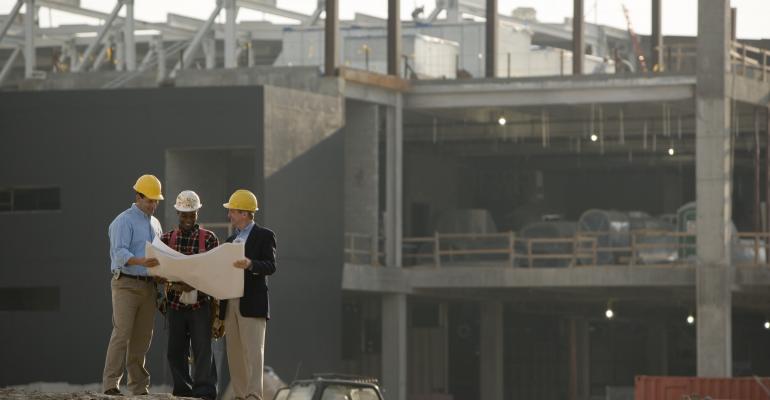More than 10,000 building industry professionals attended the 2017 annual Pacific Coast Builders Conference (PCBC) in San Diego on June 27-29. The three conference tracks included the Land & Capital Forum; Multifamily Trends and Re-Think, which featured some unconventional speakers, such as futurists and human rights activists, to inspire attendees with “blue sky’ thinking.
Here are some takeaways from the event:
- When it comes to investment in the multifamily sector, equity capital is more plentiful than ever before, according to Shlomi Ronen, managing principal and founder of Dekel Capital, a Los Angeles-based real estate merchant bank. The fundamental challenge in today’s market has to do with declining yields and risk concerns due to flattening rents and rising construction costs.
- As rates rise, lenders are requiring more equity, Ronen noted. For developers, interest rates are currently secondary to equity requirements when shopping for the right lender. Ronen also noted that more and more developers like secondary markets, because of the high volume of supply under construction or planned in core urban markets.
- Selection of attractive suburban markets for new projects is all about mass transit access, as well as finding opportunities that pencil out, according to Mark J. Forbes, executive vice president of real estate banking with City National Bank. Despite the slight slowdown in the multifamily market, underwriting criteria or how lenders mitigate risk has not changed at all, he said. Lenders need to be comfortable with a market.
- When contemplating new projects, multifamily developers need to consider what the market will look like when the project is completed 24 months down the road, with an eye on rent growth and new deliveries, as well as the availability of sufficient labor to bring the project in on time, noted William Chiles, executive vice president with real estate services firm CBRE.
- This is still a very good time for the multifamily sector in general, as there is a lot of growth ahead, according to Kim Edwards, senior vice president with J.P. Morgan Real Estate Banking. While finding the right opportunities for new development will be a challenge, long-term growth in occupancy rates is projected.
- When it comes to investing in affordable housing and housing for middle-income renters, the cost of land is the biggest challenge, since land prices in areas zoned for multifamily development often necessitate the creation of luxury properties, said R. Scot Sellers, former CEO of Archstone-Smith Trust, one of the largest developers and operators of apartment communities in the United States. The time it takes to rezone areas with more affordable land for multifamily use is another obstacle.
- Recent demand for apartments no longer comes predominantly from 20- to 34-year-olds, according to Ron Witten, founder of Witten Advisors LLC, a multifamily market advisory firm. A long-term increase in the propensity to rent instead of buy now includes all age groups under 65.
- Leasing the retail component of mixed-use projects first helps in leasing up the multifamily units, as it creates a “destination” feeling for prospective residents, noted Kimberly Byrum, principal, advisory, with Meyers Research. However, it is best to separate stores that require loading docks, such grocers, from other types of retailers.
- Multifamily units in mixed-use projects don’t necessarily outperform the market in rent growth, according to Byrum, but research suggests that they stimulate rent growth for the overall neighborhood. A walkable environment tips the rent scales by $100 to $125 per month. It also produces higher yields.
- Byrum cited a survey of desirable qualities in mixed-use developments that found respondents’ priorities ranked in the following order: retail, entertainment, pedestrian and bike trails, grocer or organic grocer and programmed park. The survey also revealed the best retail tenants for mixed-use projects from a lifestyle point of view are: (1) grocer (2) restaurants (3) neighborhood services (4) theater and (5) soft goods. All survey participants wanted separate elevators for multifamily and office uses and separate parking for the retail component.
- Today, more and more non-traditional uses are going into mixed-use projects, including museums and conference centers, according to Jonathan Cox, senior vice president at AvalonBay Communities, a publicly-traded multifamily REIT.
- If there is too much retail on the ground floor of a mixed-use project, it may sit empty for years, so the location of the project matters when deciding whether to include retail, Cox noted. It must be in an urban, pedestrian-oriented location. Projects suffer when the retail component is a dead space, Cox said.
1 comment
Hide comments

